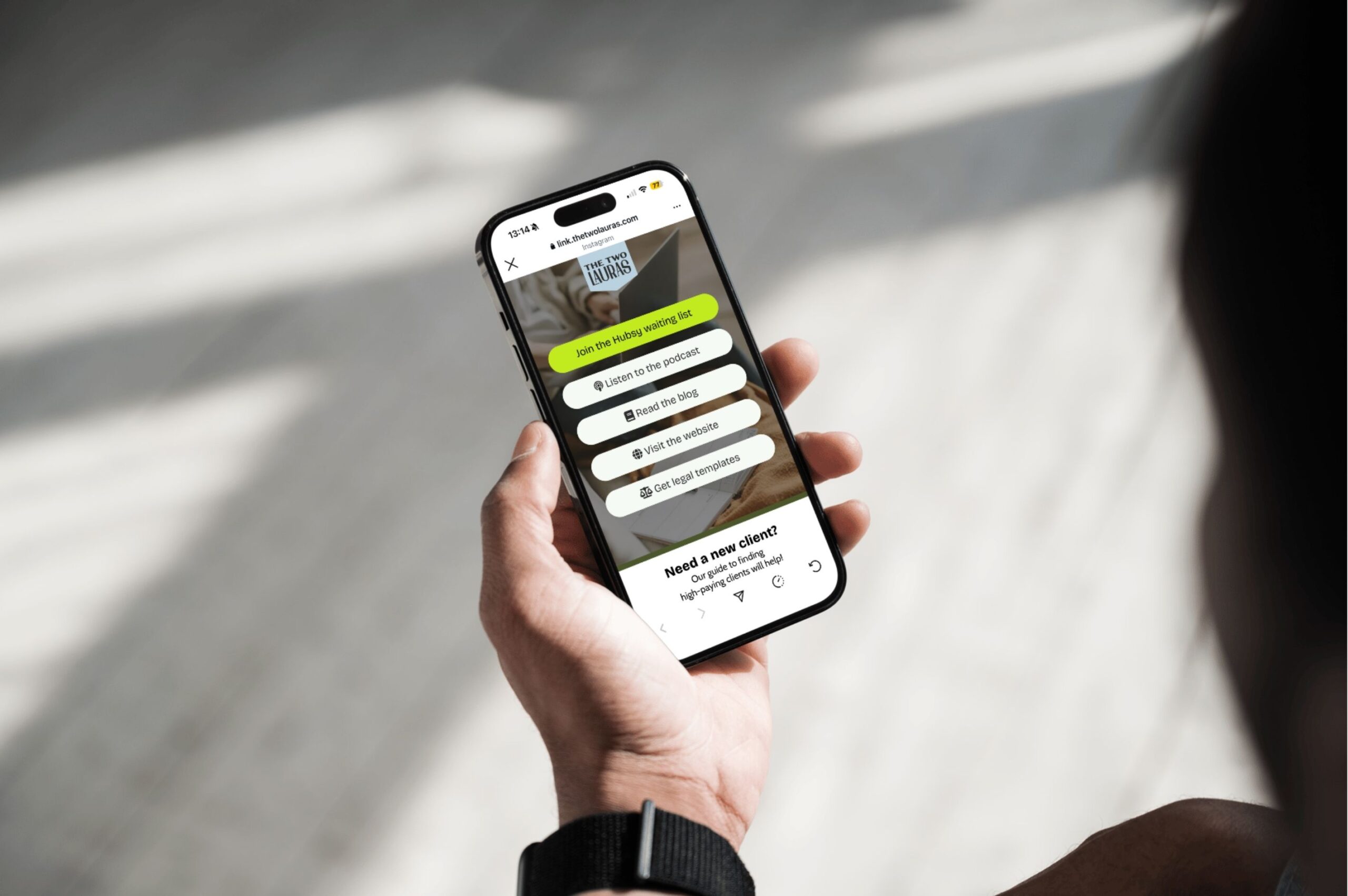Since we joined forces in 2019, we've helped thousands of freelance social media managers to grow their businesses and the one thing we see people doing time and time again is ignoring the need for an email list.
But an email list is one of the most valuable assets you can create within your business. In this article we're explaining
There are 3 reasons most people put off starting an email list.
#1: You have no idea where to get started with the technology.
You don't know what lead magnet you should use or how you get people on your list in the first place. It's all massively overwhelming, and so you end up ignoring it. If you struggle with any of this take a look at our directory where you can find a freelancer to help you out.
#2: You know you need to have an email list, but you don’t have the time.
You keep telling yourself that it's something that can wait until next week or month, or year, and you just haven't made the time to go and do it.
#3: You think you don't need an email list.
If you only work with a handful of clients at a time, have no plans to scale and don't want to sell anything apart from your social media management services you probably think you don't need a list.
No matter which of these 3 reasons resonates most with you we have to tell you one thing. You still need an email list!!
Why do social media managers need an email list?
Social media platforms can be glitchy and unpredictable and at any point, your account could be hacked, banned, or locked. If your entire business relies on social media marketing, you'll have no choice but to start from scratch should the worst happen. You are relying on somebody else and building a business on someone else's land. Whereas an email list is something you own.
Building an email list is beneficial beyond the insurance it gives your business in case of a social platform disaster.
Many people behave as lurkers on social media; consuming a lot of information. And when we see an offer or blog it often immediately disappears from our minds. And if we do remember it further down the line we often can't remember who posted it or which platform it existed on.
The great thing about email is that your audience can save or highlight content they’re interested in referring back to. This increases the opportunity for your material to be consumed and attracts the conversion rate you desire.
As marketers, we already know that people consume information in different ways, at different times in our day, and at different times.
How people consume information on LinkedIn, is wildly different from the ways someone casually takes in a post on Instagram. And both are completely different than reading an email.
When people open their email app they are in a very intentional mindset, looking for the messages they expect to see and taking time to read and digest information. A vast contrast to mindlessly scrolling through social media platforms.
The money is in the list.
The average list makes at least $1 per subscriber, per month. If you had 100 subscribers, you could easily make another hundred pounds a month, and that number only increases as you build your list.
Social media doesn’t have that same rate of return – the money is in an engaged list and it's crucial to take advantage of it for your business.
Almost every business out there will generate most of its revenue via its email list.
Three steps to starting your email list:
#1: Pick an email service provider
We use ActiveCampaign which allows us to segment our list, employ automations, and build signup pages. But if you don't anticipate growing a large list, you may not need to invest in something as complex or expensive as Active Campaign.
There are plenty of brilliant platforms out there that you can try. Many of our Inner Hub® members use MailerLite because it’s free for your first 1000 subscribers and includes a simple landing page builder.
Regardless of the platform you eventually choose, we'd recommend you do some research, take advantage of the free trials, and figure out what works best for you.
#2: Create a lead magnet
It can be tricky to identify what kind of lead magnet you should create so we're going to provide you with a couple of quick ideas.
Cheat sheets
These are the quickest and easiest to create. A cheatsheet is typically a one or two-page PDF that's quick and simple for the reader to digest. It can be anything quick to create, and not too detailed (but detailed enough to maintain your authority on the subject).
Guides
A guide could contain similar information as a cheat sheet but would include a lot more detail. You'd dive deeper into each point to really guide someone through it. Because of the deeper level of information, a guide is likely to take longer to create.
A Free Audio or Video Training:
Free training in these formats are often seen as more valuable than a simple PDF. Seeing your face or hearing your voice means the recipient will immediately start to build a relationship with you.
Consider your strengths and weaknesses, how much time you have available, and what you want to accomplish, Don't overthink it, do what feels easy to you.
You only need one lead magnet to get going and the first one you create is very unlikely to be the last.
Get 34 lead magnet ideas here.
#3: Promote your lead magnet.
It may seem obvious to say but there is no point in creating a lead magnet to get people onto your email list if you never promote the lead magnet! Here are three places you can share your lead magnet today:
- Add your lead magnet to your bio and featured posts on your social media platforms
- Reference it in your blogs and on your website.
- Talk about your lead magnet regularly (at least weekly) in your social content.


